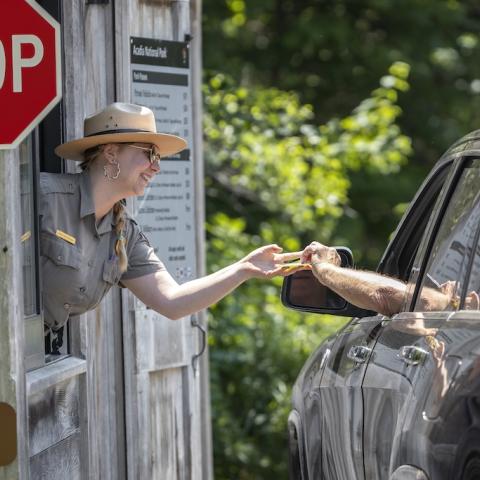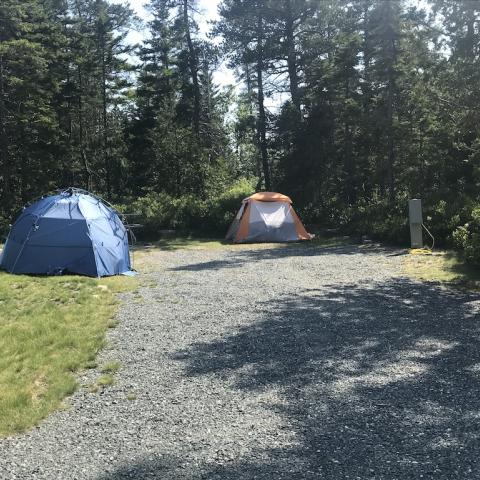As far as laboratories go, it doesn’t get much better than Acadia National Park in Maine. Recently, young scientists volunteering with Earthwatch Institute received some hands-on learning while collecting data that will help scientists understand potential impacts on bird migrations and from ocean acidification.
In the below video, follow the teens into the forest as they count plant and insect populations that support birds as they move between Canada and South America.
During the same expedition, the students headed to the famous Acadia shoreline to track species in the park’s intertidal zone, following up on a survey conducted four decades ago.
The “Outside Science (inside parks)” video series showcases “highlights the many ways young people are getting involved in science in parks.” It is produced by the National Park Service Natural Resource Stewardship and Science Directorate in conjunction with Colorado State University.




 Support Essential Coverage of Essential Places
Support Essential Coverage of Essential Places






